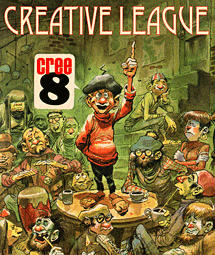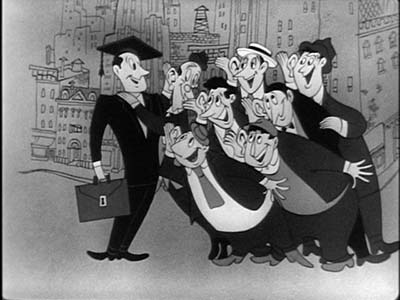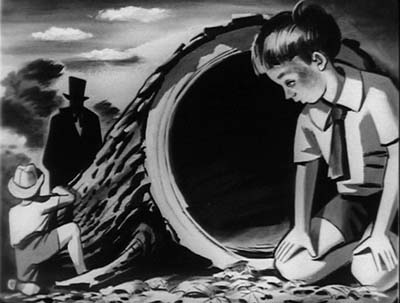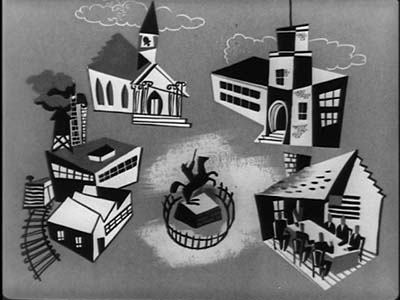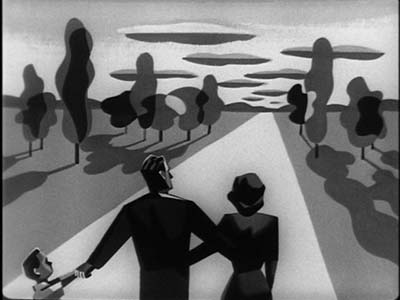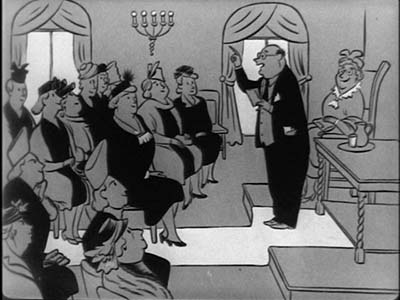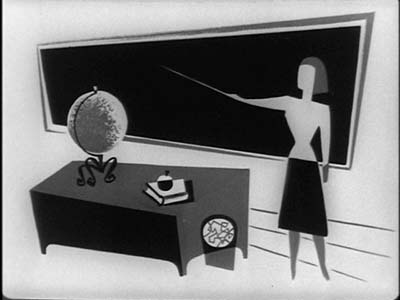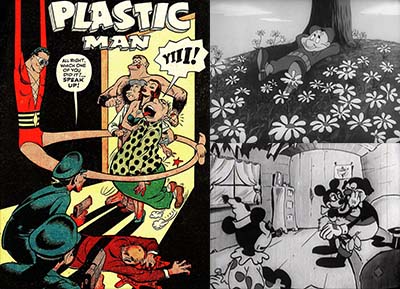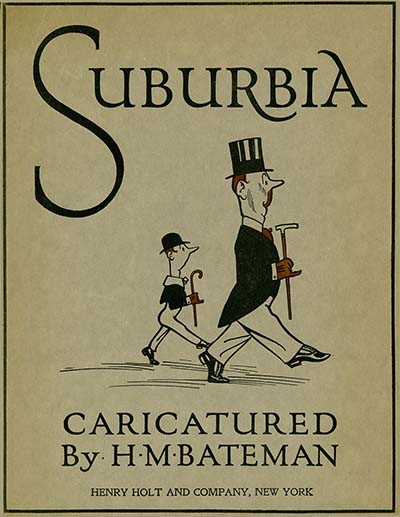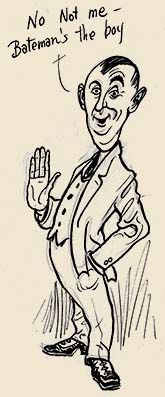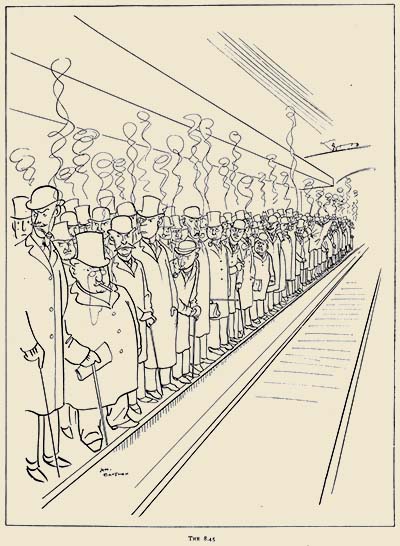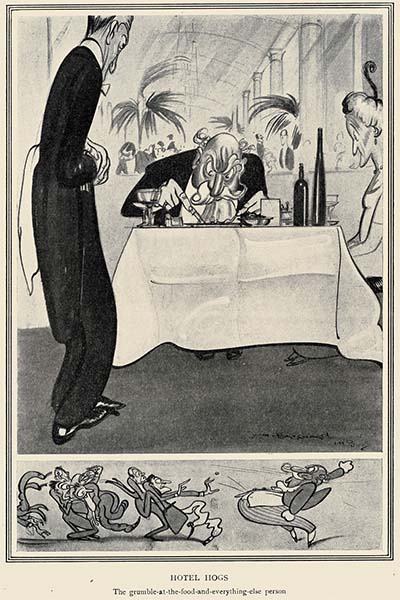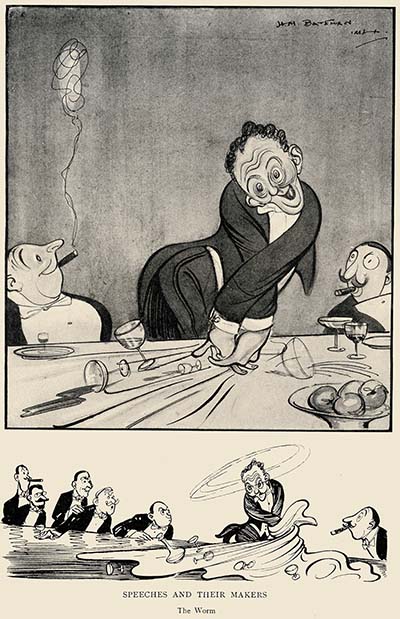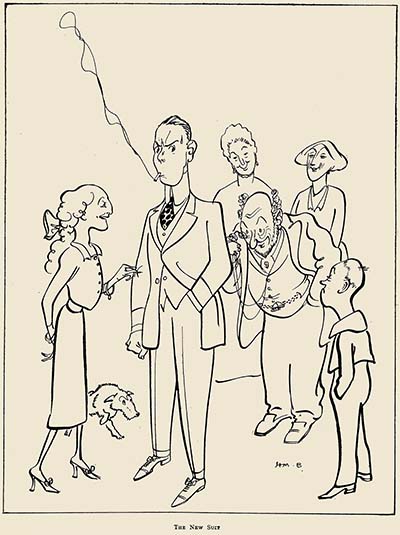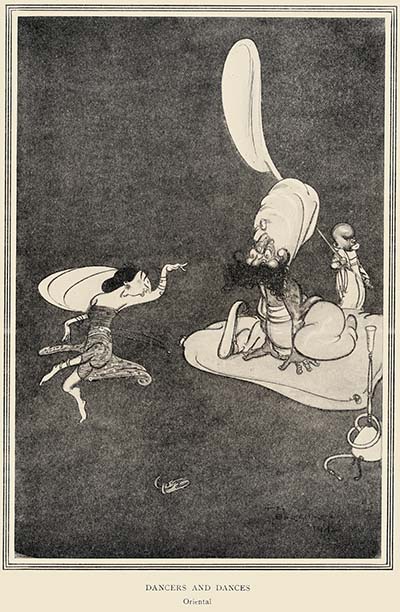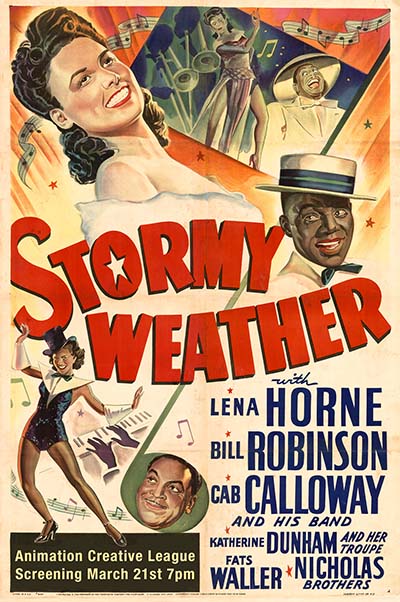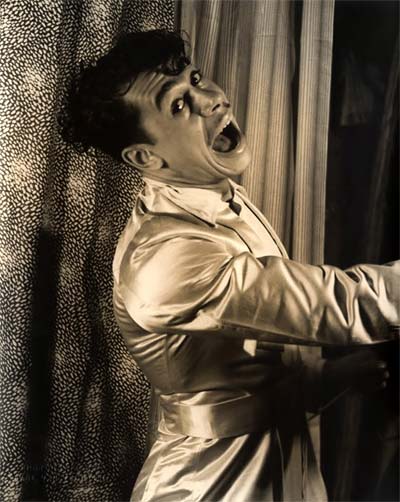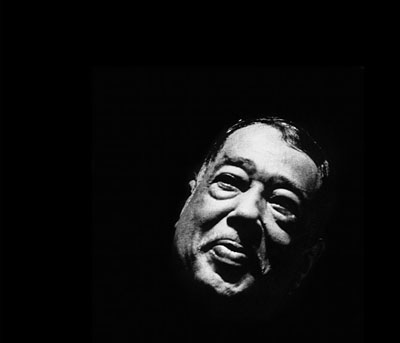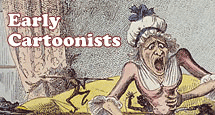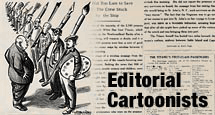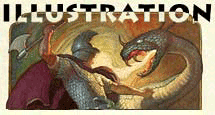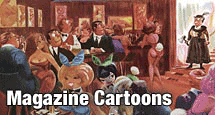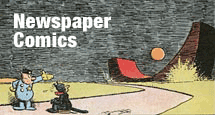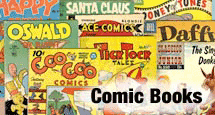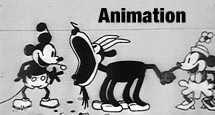REFPACK 003
March-April 2015
JOIN TODAY To Access Members Only Content
Every other month, members of Animation Resources are given access to an exclusive Members Only Reference Pack. These downloadable files are high resolution e-books on a variety of educational subjects and rare cartoons from the collection of Animation Resources in DVD quality. Our current Reference Pack has just been released. If you are a member, click through the link to access the MEMBERS ONLY DOWNLOAD PAGE. If you aren’t a member yet, please consider JOIN ANIMATION RESOURCES. It’s well worth it.
Tuberculosis: You Can Help![]()
Paul Fennell Studios (ca. 1945)
Industrial films are fascinating to study. Their primary purpose was to educate and inform, but they also needed to hold the audience’s interest. Animation provided the perfect balance of function and fun. These films were designed with a very specific audience in mind, and were ephemeral films- after their audience had been reached with the message, the films were no longer needed. For this reason, only a small fraction of the number of industrial films produced over the years survive. Budgets were very low and schedules were short. Dialogue, music and design had to carry the show.
REFPACK003: TUBERCULOSIS![]()
M4V Video File / 9:54
199 MB Download
JOIN TODAY To Access Members Only Content
JOIN TODAY To Access Members Only Content
Not A Member Yet? Want A Free Sample?
Check out this SAMPLE REFERENCE PACK! It will give you a taste of what Animation Resources members get to download every other month!





